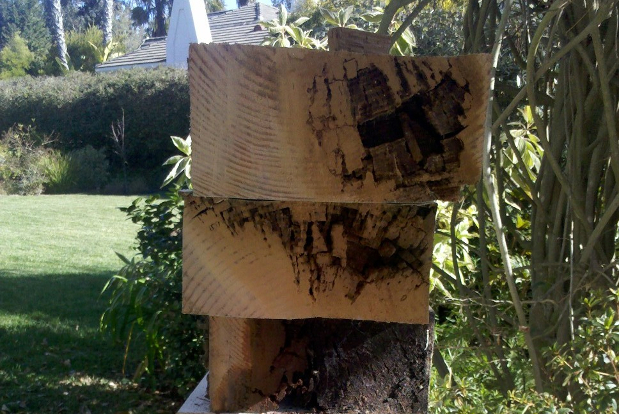
Dry rot is a tricky foe to fight. Even its name is deceiving since it’s not dried at all but, in fact, occurs due to excess moisture. But what exactly is it? Actually, it is a fungus which can cause mildew, mold, staining, or decay in wood. Micro-organisms remove cellulose from the timber, leaving it brittle and vulnerable. And like any fungus, all that’s required is some heat, moisture, dirt, and a dark place to grow. So when it comes to outdoor decking, it loves wooden porches, especially ones built in extreme weather regions: hot, humid summers and wet, foggy winters are prime conditions for decay. But it doesn’t stop there. If it isn’t detected and removed immediately, it could spread like a bad rash and create even more damage (and more costly repairs), which is why this fungus is often called the “cancer” of homes.
Identification
It often appears grayish and covers surfaces in long sheets of mold. But sometimes the wood will simply look dark and decayed. In this case, it’s important to determine if its fungus or pests causing the damage. Sometimes it could be a combination of both since dry rot can attract termites and other wood-eating insects. But often the main problem with dry rotting decks is that you cannot see all the fungus. Therefore, it’s a good idea to hire a professional who is trained to detect all areas the disease may be hiding.
Inspection
Though it loves the outdoors, dry rot can happen inside the house as well: under sinks, around windows, within shower stalls, on door frames, in the attic. But it often occurs in thresholds between a home’s interior and exterior because it thrives on outdoor structures, such as fencing, wood siding, eaves of roofs, and of course, decking. However, before looking for a solution, you must try to find every trace of it so it doesn’t continue to grow and enter into the home. A licensed professional should be able to conduct a thorough inspection of dry rotting decks, paying special attention to earth-to-wood contact, such as posts and under potted plants. They should also check out your house’s foundation, siding, and interior.
Ready to start your Dry Rot Repair?
Find ProsSubstitution
Portions of the dry rotting deck must be immediately removed and replaced. However, as we’ve said before, you must be able to detect everything. Simply replacing the visually damaged areas won’t do any good if there is an adjacent piece of lumber infected. The disease can spread and immediately contaminate the new installations. So make sure you have a professional who is trained to find the unseen corrosion and immediately substitute it with fresh wood.
Dry Rot Prevention
But it doesn’t end there. Just because you found it all and replaced the infected pieces doesn’t mean your decking is safe. You have to find out where the source of the problem occurred so it doesn’t happen again. Look for plumbing leaks in and outside the home (especially around hoses and faucets). Inspect your gutter system for proper alignment. Check out your eaves to see if they are correctly installed. Examine the grading of your yard so water won’t collect at the home’s foundation. Also, look to see if your sprinkler system is appropriately placed: maybe it’s hitting the exterior of your house, causing unnecessary over-saturation. Also, keep up with maintenance issues: ensuring the wood is clean from dirt helps to prevent a fertile soil for disease. And make sure to treat your decking with wood preservative to help seal it and keep the moisture out.
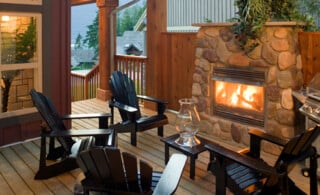 Understanding Deck Construction
Understanding Deck Construction  Cleaning Your Exteriors With a Pressure Washer
Cleaning Your Exteriors With a Pressure Washer 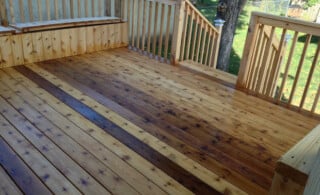 Deck Maintenance Tips
Deck Maintenance Tips 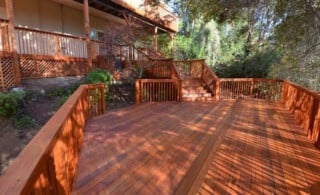 3 Benefits of Under-Deck Stain
3 Benefits of Under-Deck Stain 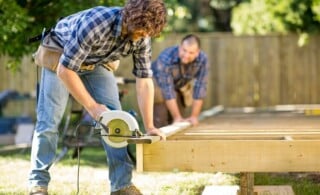 How to Find & Hire the Right Deck Carpenter or Contractor
How to Find & Hire the Right Deck Carpenter or Contractor 

Are You Familiar With This Topic? Share Your Experience.